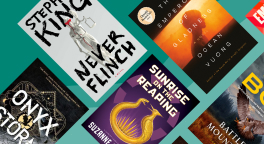Bibliography Of Arizona Books, Pamphlets And Periodicals In The Library Of Dr. J. A. Munk
Select Format
Select Condition 
Book Overview
Munk's extensive bibliography of publications related to the history and culture of Arizona is a goldmine of information for researchers and historians. This volume provides detailed citations and annotations for hundreds of books, pamphlets, and periodicals, and is an invaluable guide to the deep and rich history of this remarkable state.
This work has been selected by scholars as being culturally important, and is part of the knowledge base of civilization as we know it.
This work is in the "public domain in the United States of America, and possibly other nations. Within the United States, you may freely copy and distribute this work, as no entity (individual or corporate) has a copyright on the body of the work.
Scholars believe, and we concur, that this work is important enough to be preserved, reproduced, and made generally available to the public. We appreciate your support of the preservation process, and thank you for being an important part of keeping this knowledge alive and relevant.





















